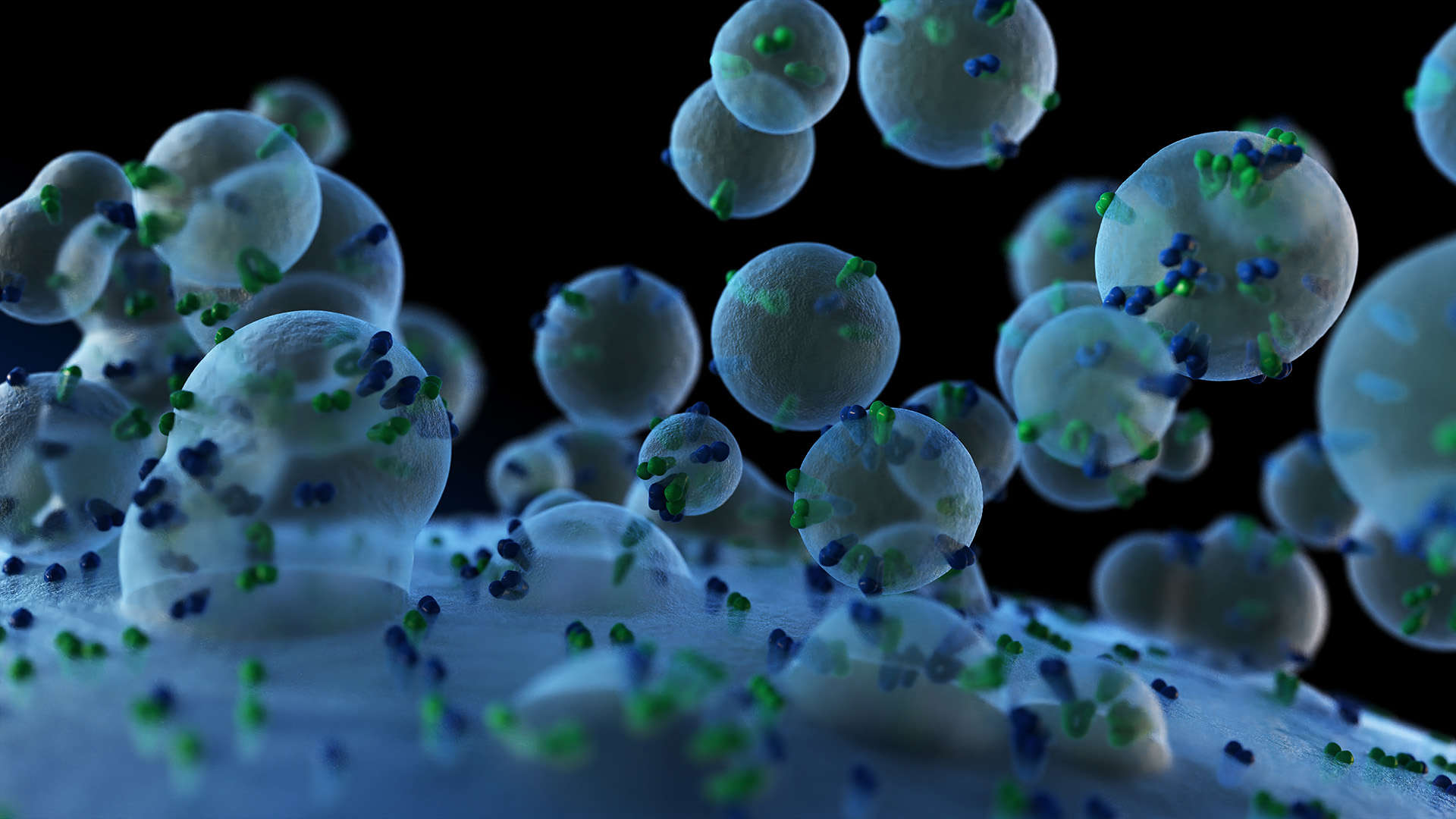Multiple Reaction Monitoring Protein Quantitation Service
Online InquiryMultiple reaction monitoring technology / selective reaction monitoring (MRM / SRM) is an important technical method for accurate quantification of target proteins in complex mixtures. MRM / SRM, as an analytical method for mass spectrometry detection, has the advantages of strong specificity, high sensitivity, high accuracy, good reproducibility, wide linear dynamic range, and high-throughput automation. This method is currently the most sensitive mass spectrometry detection technology and is known as the "gold standard" for mass spectrometry.
Creative Proteomics provides protein identification and quantification services based on a mass spectrometry platform with multiple reaction monitoring modes.
The Principle and Process of Multiple Reaction Monitoring Protein Quantitation Service
MRM technology is a kind of targeted selection of data based on known or assumed reactive ion information for mass spectral signal acquisition. Perform signal recording on ions that meet the rules to remove interference from signals that do not meet the rules. Mass spectrometry technology to obtain quantitative information of mass spectrometry through statistical analysis of data. MRM technology evolved from single reaction monitoring (SRM) technology. The key for MRM technology is to be able to detect specific parent ions at first, and then collision-induced only the selected specific parent ions, and finally remove the interference of other sub-ions, and only collect mass spectrum signals for the selected specific sub-ions. As triple quadrupole system (TQS) is the most sensitive mass spectrometer for single mass-charge scanning, it is the most suitable mass spectrometer for MRM analysis.

Technology Platform
AB SCIEX Triple TOF 5600,AB SCIEX Triple Quad™ 5500, Q-Exactive, Orbitrap Fusion
Advantages of Multiple Reaction Monitoring Protein Quantitation Service:
- High sensitivity: A large number of interference ions are eliminated through two-stage ion selection. As a result, the chemical background of mass spectrometry is reduced, and the signal-to-noise ratio of the target detector is significantly improved, thereby realizing high detection sensitivity.
- Good reproducibility: In the selective mass spectrometry signal acquisition of MRM technology, the effects of the ionization of the molecule to be measured, the suppression of the mass spectrometry signal, and the impact fragmentation process within the source are avoided. Therefore, the reproducibility is correspondingly improved.
- High accuracy: Using the specificity of MRM technology, continuous enhanced ion scanning analysis is performed to obtain high-resolution tandem mass spectrometry (MS / MS) fragment data. Compared with the full scan and neutral loss mass spectrometry scanning modes, the false positive rate of qualitative results during the analysis is reduced, and the accuracy of the analysis is guaranteed.
- High throughput: using the most advanced mass spectrometry system, MRM technology can process up to 300 pairs of parent ion product ion pairs per working cycle. This feature provides an opportunity to study multiple modifications and abundance changes of multiple proteins, and can better meet the research needs of proteomics.
Sample Requirements
- Protein extract: concentration> 1 μg / ul, total protein> 300 μg.
- Cell sample: Cell volume> 107.
- Tissue samples: animal, microbial tissue wet weight> 50 mg; plant tissue> 1000 mg.
- Body fluid samples: blood volume> 500 ul.
Application of Multiple Reaction Monitoring Protein Quantitative Technology
- Follow-up verification of differential proteins in iTRAQ experiments
- Absolute protein quantification
- Absolute peptide quantification
- Quantify disease markers and establish diagnostic models
- Quantification of phosphorylated protein and methylated protein
- Quantification of other post-translationally modified proteins
- Quantitative analysis of pathway overall proteins
Delivery
Target protein candidate peptide secondary mass spectrum matching map, skyline analysis results of target peptide MRM data, skyline analysis of target peptide MRM results, quantitative results and statistical analysis of target peptides and proteins.
Want to Know about Other Subcellular Proteomics Quantitative Analysis Techniques?
- SILAC Quantitation Service
- ICAT Quantitation Service
- TMT Quantitation Service
- iTRAQ Quantification Service
- SRM/MRM Quantitation Service
- PRM Quantitation Service
References
- Angel T E, Aryal U K, et al. Mass spectrometry-based proteomics: existing capabilities and future directions. Chemical Society Reviews, 2012, 41(10): 3912-3928.
- Cordeiro F B, Ferreira C R, et al. Multiple reaction monitoring (MRM)‐profiling for biomarker discovery applied to human polycystic ovarian syndrome. Rapid Communications in Mass Spectrometry, 2017, 31(17): 1462-1470.
- Wang Q, Zhang M, et al. Selected reaction monitoring approach for validating peptide biomarkers. Proceedings of the National Academy of Sciences, 2017, 114(51): 13519-13524.
* For Research Use Only. Not for use in diagnostic procedures.



